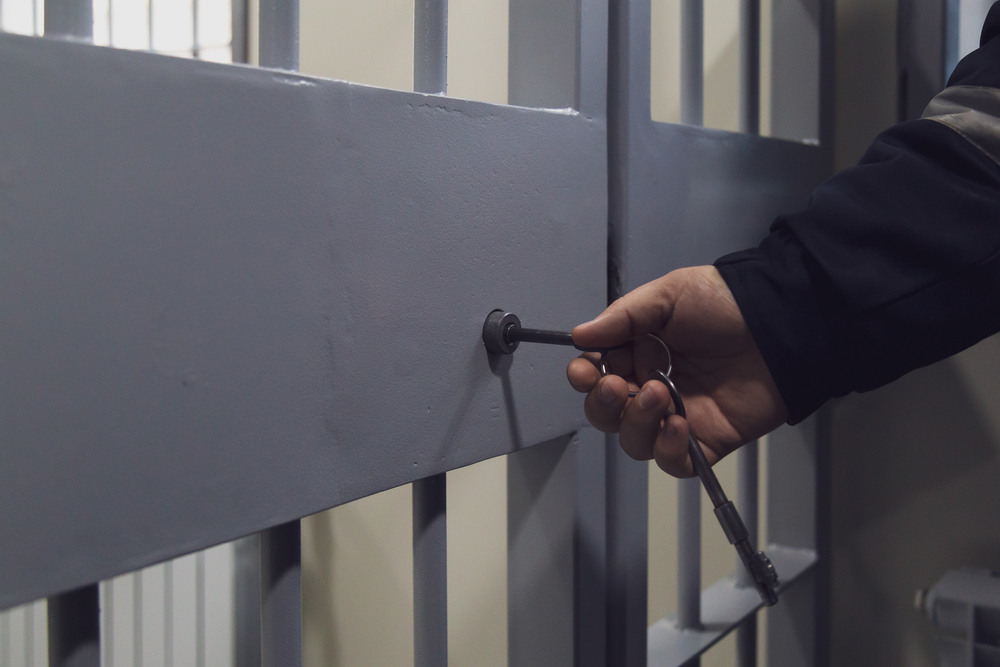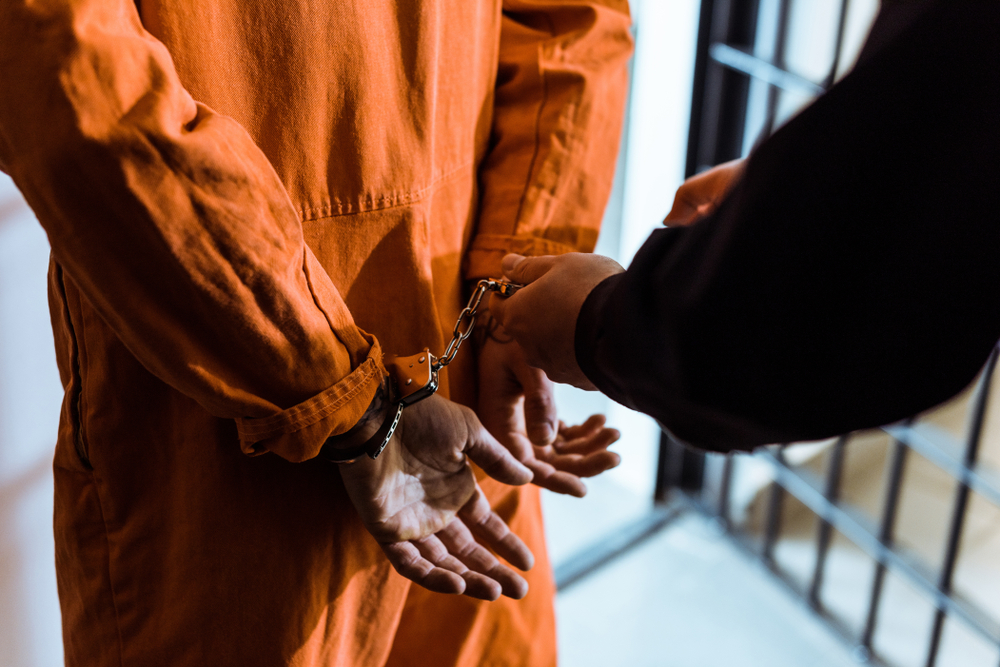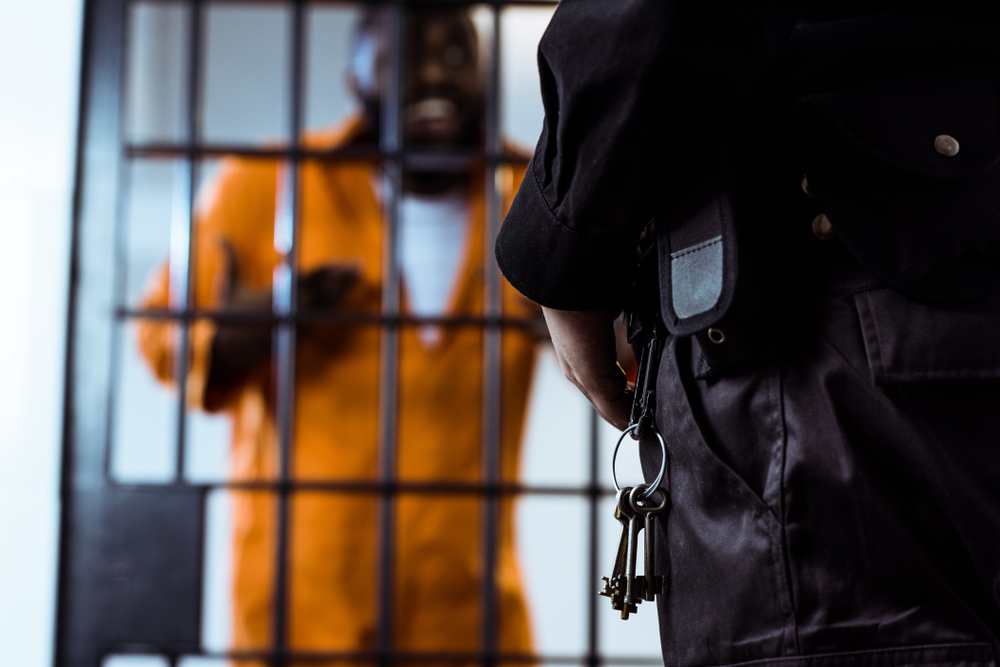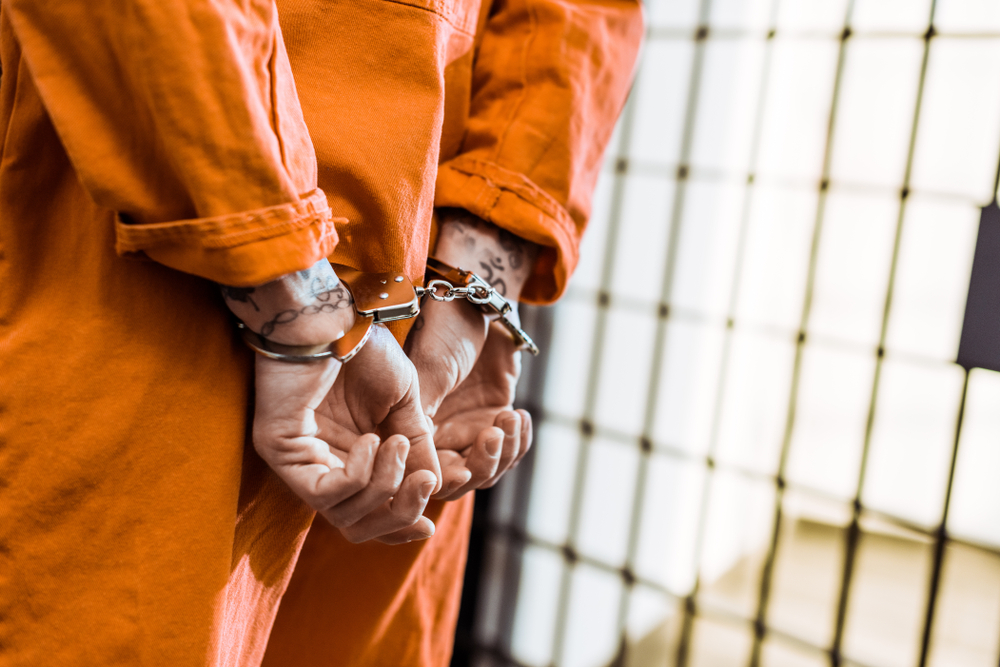Botched Lethal Injections Put Executions on Hold
After the failed execution of Kenneth Eugene Smith in Atmore, Alabama, on Nov. 21, the state’s governor announced a temporary pause in executions to review Alabama’s use of lethal injections on death row inmates.
Smith was the third Alabama man to endure a botched lethal injection this year.
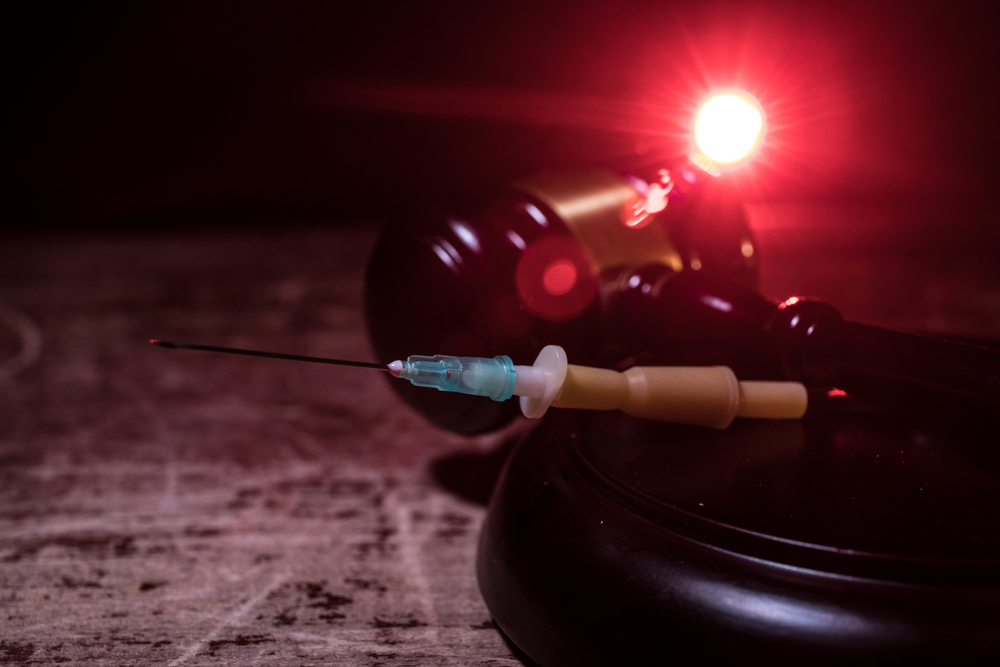
Governor Kay Ivey based her decision not only on the Smith case but on other recent cases that also went wrong. They include Alan Eugene Miller, who endured an “incomplete” lethal injection in September and was described by his attorneys as “the only living execution survivor,” and Joe Nathan James Jr., who experienced a lethal injection in July that took more than three hours to complete.
Ivey has called for the Department of Corrections to complete a “top-to-bottom review” of the process.
Recent Execution Failures & Legal Implications
Kenneth Eugene Smith received the death penalty after being found guilty of the 1988 murder-for-hire slaying of Elizabeth Dorlene Sennett. He was taken to the death chambers for his scheduled execution by lethal injection on Nov. 17. Officials in charge of the execution claimed problems began when they struggled with accessing veins for the IV line when the death warrant had a midnight deadline. They were given a “100-minute window.”
However, according to the filing by Smith’s attorneys, the abuse included Smith being strapped to the gurney for hours, even before the officials received the go-ahead to move forward with the execution, and went “well past the point at which the executioners should have known that it was not reasonably possible to access a vein.”
According to the attorneys, the officials should be found in violation of the U.S. Constitution because of the severe treatment they gave Smith. In documents, they described how force was used, and Smith was stabbed with needles multiple times in his arms, hands, neck and collarbone region. They demanded a federal judge forbid the state from making a second attempt to execute the prisoner. Decisions by the court are pending in the case.
Alan Eugene Miller also experienced a botched execution. Convicted of killing three people in a 1999 workplace rampage, Miller, who weighs 350 pounds, alleged the state’s actions subjected him “…to ever-escalating levels of pain on the night of the failed execution.” His lawyers demanded the state agree never to use lethal injection on the prisoner again. They alleged the state workers lost paperwork that showed the prisoner, who weighs more than 350 pounds, wanted to be put to death with nitrogen hypoxia and instead subjected him to the failed execution attempt. Nitrogen hypoxia is a method of execution in which the person breathes in only nitrogen through a mask. It was approved by the Alabama legislature in 2018 but has not been used yet.
On Nov. 25, a settlement was reached between the two sides, with the state agreeing to never use lethal injection again as an execution method on Miller.
Joe Nathan James Jr. was on death row for the murder of a former girlfriend in 1996, and on July 28, he died after receiving a lethal injection that took Alabama officials more than three hours to carry out.
James’ execution was also highly criticized after an autopsy revealed not only multiple needle punctures, showing attempts by officials to locate a vein for an IV but evidence of a “cutdown,’’ which is caused by a knife slicing into the arm to more easily access veins.
When Ivey told the state attorney general to withdraw Alabama’s two upcoming requests for execution and not seek out anymore until the investigation is over, she expressed that it is not prison officials or law enforcement that is at fault for the faulty lethal injections. She instead blamed the problems on “legal tactics and criminals hijacking the system.” Defense lawyers and prisoners’ advocates were critical of Ivey’s claim.
Other States Under Fire for Execution Issues
Alabama is not alone when it comes to failures with lethal injections of death row prisoners.
In Arizona, on Nov. 16, witnesses at the execution of Murray Hooper, who was convicted of murdering two people in 1980, reported that officials tasked with placing the IV lines for his injection took more than 25 minutes trying to insert the equipment and eventually resorted to putting a catheter into Hooper’s femoral vein near his groin.
And in Texas, on Nov. 15, the execution of Stephen Barbee, who killed his girlfriend and her child n 2005, was prolonged for much the same reasons. In Barbee’s case, attorneys expressed concern a disability, severe joint deterioration, could prevent the method from being carried out correctly.
Jail documents showed that for 15 years, Barbee had increasingly seen a loss in the range of motion in numerous joints, resulting in him being unable to straighten his arms or lay them flat, which is required in order to insert an IV.
According to the Texas Tribune, Barbee’s execution took nearly an hour and a half after he was strapped into the death chamber’s gurney.
While leaders struggle with these botched executions across the U.S., in the annual Gallup poll released on Nov. 14, numbers show Americans’ opinion on the death penalty is almost split on its use.
According to Gallup, the percentage of Americans who support the death penalty is between 54 and 56 percent. While this marks the sixth consecutive year that the support for capital punishment is between 54 percent and 56 percent, it is below the 60 percent to 80 percent readings recorded between 1976 and 2016.
The findings are based on data collected from the period of Oct. 3-20 and conducted at the time of the trial of the gunman who murdered 17 people at Marjory Stoneman Douglas High School in Parkland, Florida, in 2018.












